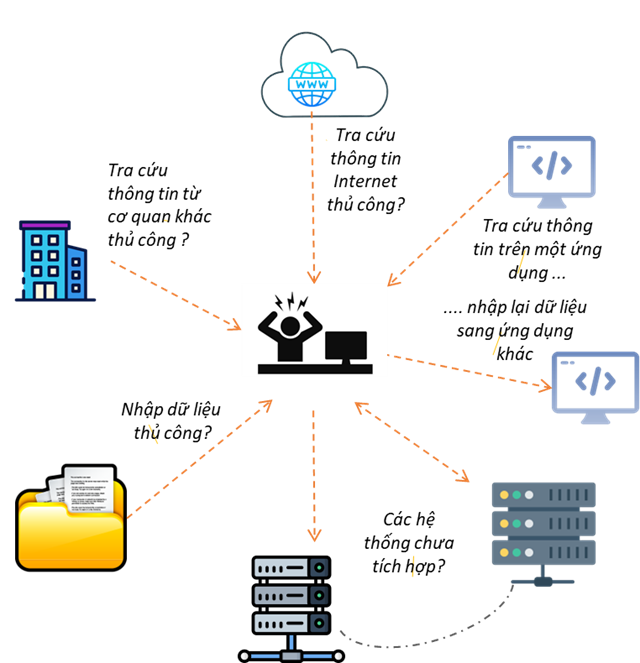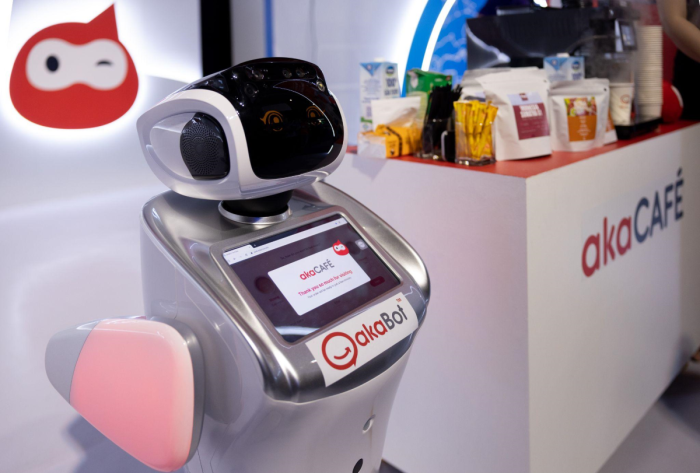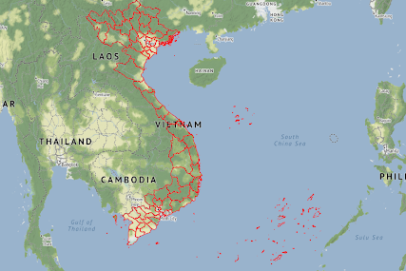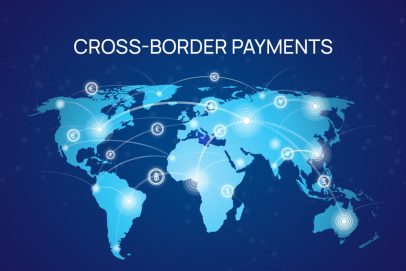RPA Process Automation Technology – the key to improving productivity and promoting Digital transformation in State agencies
(RPA) Currently, digital transformation is being strongly promoted at all levels in Vietnamese government agencies. This is clearly shown in the Resolution of the 13th National Congress in 2021. The Resolution specifically mentioned national digital transformation: “Digital technology promotes the development of digital economy and digital society; changes state management methods, production, business and consumption models, as well as cultural and social life.”
In its effort to boost digital transformation, the Vietnamese Government issued the National Digital Transformation Program towards 2025 with a vision to 2030 and launched Project 06 on development of applications of population data, electronic identification and authentication for national digital transformation in the period 2022-2025 with a vision to 2030. Ministries, branches and provinces have also issued digital transformation plans and programs as well as fostered the development of applications under Project 06.
One of the goals of digital transformation in state agencies is to raise the productivity and work efficiency of officials and public employees. Productivity is one of the important factors for the development and operational efficiency of a state agency.
A variety of new technologies have been applied to digitize data and processes aiding in the interlinking and automation of business processes, reducing the workload of civil servants. New technologies which emerge in the industrial revolution 4.0 such as cloud computing, smart mobile devices, blockchain, Internet of things (IoT), big data, artificial intelligence (AI), robotics, etc., are applied more and more widely.
The digital transformation is coming to life, changing the way each person lives and works, the way each business, each state agency operates. However, it still requires a lot of work to bring about comprehensive changes.
Robotic process automation (RPA) technology is a key to digital transformation
The development of information and communication infrastructure in Vietnam creates the current trend in clustering the adoption and deployment of information technology application systems around central state agencies. This centralized model enables the standardization of applications and unification of data thereby eliminating fragmentation. However, this puts a burden on central government agencies since investment and construction of large-scale projects often takes a lot of time and changes and adjustments made on them become complicated due to requirements for minimization of impacts on general operations. Meanwhile, the demands for business process optimization and specific data exploitation arising from practical operations at local agencies are always extremely diverse, numerous and urgent.
While those emerging needs are analyzed, standardized and included in plans (annual or longer term) to upgrade and add to the centralized system, RPA technology can be a solution with great potential and high efficiency in which it acts as a virtual assistant that tackles problems on the spot at each office or agency. RPA solutions free public employees from boring, repetitive, manual tasks such as entering data from paper documents and public service records, looking up information from other agencies’ applications (since systems have not been interconnected), doing searches on the Internet, or seeking information on an application, then inputing it into another application of the same branch or an application from an agency or locality.
RPA virtual assistant frees people from boring tasks
RPA (Robotic Process Automation) is a technology that automates business processes by using robotic software to perform repetitive, structured tasks in information systems previously performed by humans.
RPA can be applied to various operations in state agencies:
- Information and document digitization: OCR-integrated RPA virtual assistant automatically reads and extracts electronic administrative and public service records submitted in the form of images, scans, and PDF files, into text or structured digital data to fill out forms, import into applications, or populate data warehouses. RPA has high productivity and stability, mitigating the risk of human errors.
- Document handling, administrative processes and public service automation: RPA can be used to automate administrative processes, such as data entry, records processing, and document management. This helps save the time and resources needed for repetitive tasks.
- Data management and reporting: RPA is capable of automating data management and report generation processes. A RPA virtual assistant can make reports on behalf of civil servants. For example, periodically, daily or weekly, RPA logs into business applications, extracts data to Excel, synthesizes them into reports, opens the applications to send emails with attached reports to a list of recipients. This helps improve the accuracy and reliability of reports and recipient lists.
- Connect uninterlinked processes to automate business tasks: RPA virtual assistant can look up information on behalf of officials from other agencies’ applications and add it to the current agency’s application, automating the handling process, minimizing errors and processing time.
- Automated support service: RPA can assist in automating the customer support service such as checking information on business applications (tax debt status, for instance) to automatically send emails, messages, or make phone calls to taxpayers to remind them of deadlines that need to be completed. This shortens response times and provides accurate information to businesses and citizens.
Deploy process automation applications with virtual personal assistants or RPA
Current RPA platforms enable relatively easy implementation through a few key steps:
- Stage 1: Select processes and tasks that users are having to handle manually, frequently and repetitively.
- Stage 2: Carry out “training” for virtual assistants: This is done using the RPA platform’s tools to record the user’s workflow steps on the computer.
- Stage 3: Putting RPA virtual assistant into action: RPA virtual assistants can operate semi or fully automatic. For semi-automated operating mechanism, RPA can be halted at some steps for humans to provide additional information or confirmation. For fully automated mechanism, RPA will carry out the process from start to finish without human involvement.
RPAs can be deployed in a distributed, personalized, or “batch” model. For distributed models, personalized virtual assistants will “live” (installed) on each user’s personal computer to perform personal processes, using that user’s identity (account). Personal assistants will use personal applications to perform workflows on the user’s behalf, interacting and receiving information from the user when needed. According to the “tasks” that have been “trained” and assigned according to the required schedule, these personal RPAs can use the employee’s account on a daily basis to log into the agency’s business application to perform tasks such as entering and exporting data, compiling reports, sending notification emails, etc.
For centralized model, virtual assistants will be deployed on separate server systems, like the way divisions of labor in factories work. In this model, robotic assistants can be divided into different groups, each group is assigned to perform separate business processes such as collecting data from websites or Internet forums, checking foreign exchange rates, searching and saving professional news…
RPA virtual assistants, whether deployed in a personalized or centralized model, can be managed and monitored from an “operations center”. The operations center can remotely control and send tasks to all robots. It also monitors the “health” of each virtual assistant, collects information about their productivity, as well as recognizes problems that may arise while performing the work process. This operations center empowers each state agency to understand the productivity and general operational status of its units, thereby making more appropriate improvements and processes to increase productivity.
Robotic Process Automation technology or RPA virtual assistant is a solution that has been proven effective and is widely applied by organizations in most fields such as banking and finance, insurance, law, human resource management, healthcare, office management, customer support and care, etc. RPA technology can productively support civil servants in state agencies, enhancing work efficiency, as well as the quality and accuracy of business operations handling enabling public employees to focus their efforts on state management tasks and those that require creativity, improving the overall efficiency of each agency’s apparatus.
FPT akaBotakaBot is an RPA (Robotic Process Automation) solution developed by FPT Corporation, one of the leading corporations in Information Technology and Communications in Vietnam. FPT akaBot is designed to help businesses increase productivity and reduce costs by automating repetitive and structured business processes. Here are some highlights about akaBot:
(For more information, please visit https://akabot.com/) |
Exclusive article by FPT IS Technology Expert
Duong Tat Toan
Technology Expert
FPT Information System Company
















